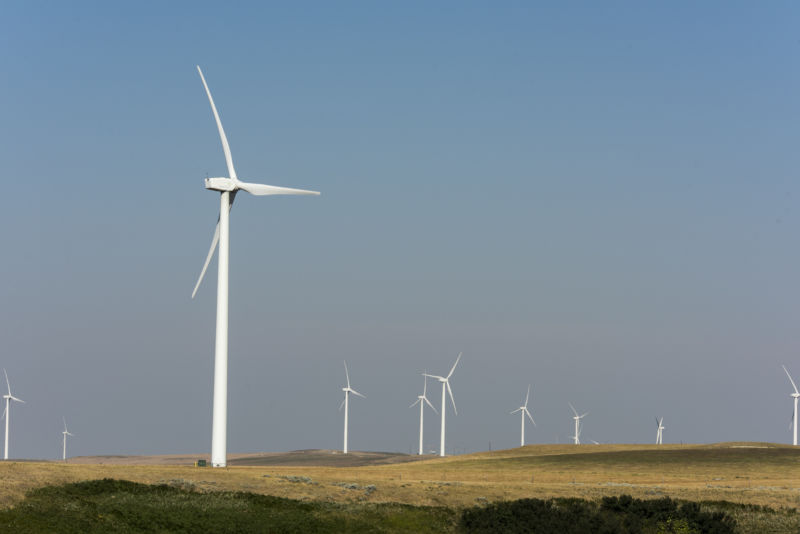Fugitive Fraudster Who Demanded Half Of Facebook Arrested After Three Years On The Run
It’s been a while since we last wrote about Paul Ceglia. If you don’t recall, way back in 2010, Ceglia suddenly claimed that years earlier, he had hired Mark Zuckerberg to do some software development, and bizarrely (and literally unbelievably), that part of the contract for Zuck to work on Ceglia’s project… was an agreement to hand over 50% of Facebook, which didn’t even exist yet. Making it more ridiculous, Ceglia then claimed some weird interest amounts, and therefore was demanding ownership of 84% of Facebook. The whole thing was nonsensical, and while Zuckerberg admitted he had done some work for Ceglia prior to starting Facebook, nothing about the supposed contract made any sense at all. Beyond the bizarre nature of the contract Ceglia claimed he had with Zuckerberg, it quickly became clear that other evidence Ceglia presented, including purported emails, didn’t look real.
A year later, during the discovery process in the lawsuit, the actual original contract was found and it didn’t mention Facebook at all, just as most people assumed. Instead, it became clear that Ceglia doctored their contract. Ceglia tried, weakly, to claim that even though the original was found on his computer during discovery, that it was actually Photoshopped and planted by Facebook. As you might imagine, literally no one believed that. It also probably didn’t help that he kept some of the details of his plan in an email account called GetZuck.
Finally, in 2012, Ceglia was arrested for fraud. He was set to go to trial in 2015 when he disappeared — apparently cut off his ankle bracelet and disappeared with his family. Late last week, however, it was reported that he had been found and arrested in Ecuador and was likely to be sent back to the US shortly.
I guess it’s hard to just disappear in the age of Facebook. Even if you pretend to own a giant chunk of it.
Permalink | Comments | Email This Story
Techdirt.
